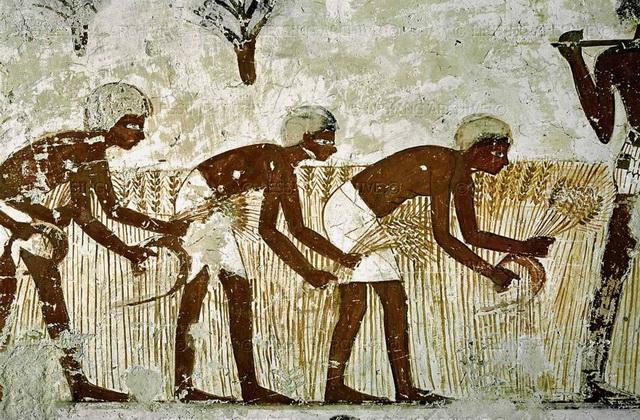History of White Flour
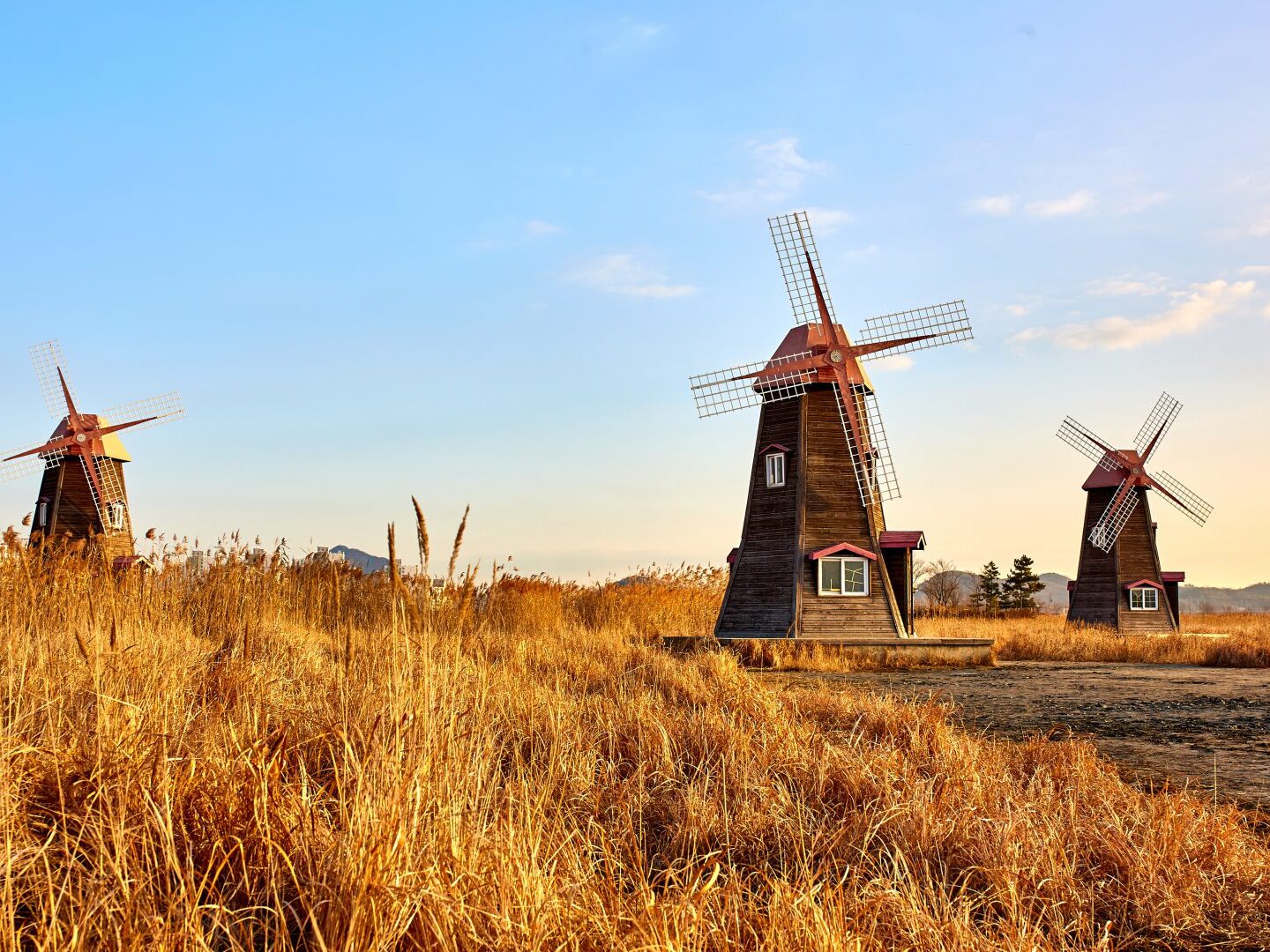
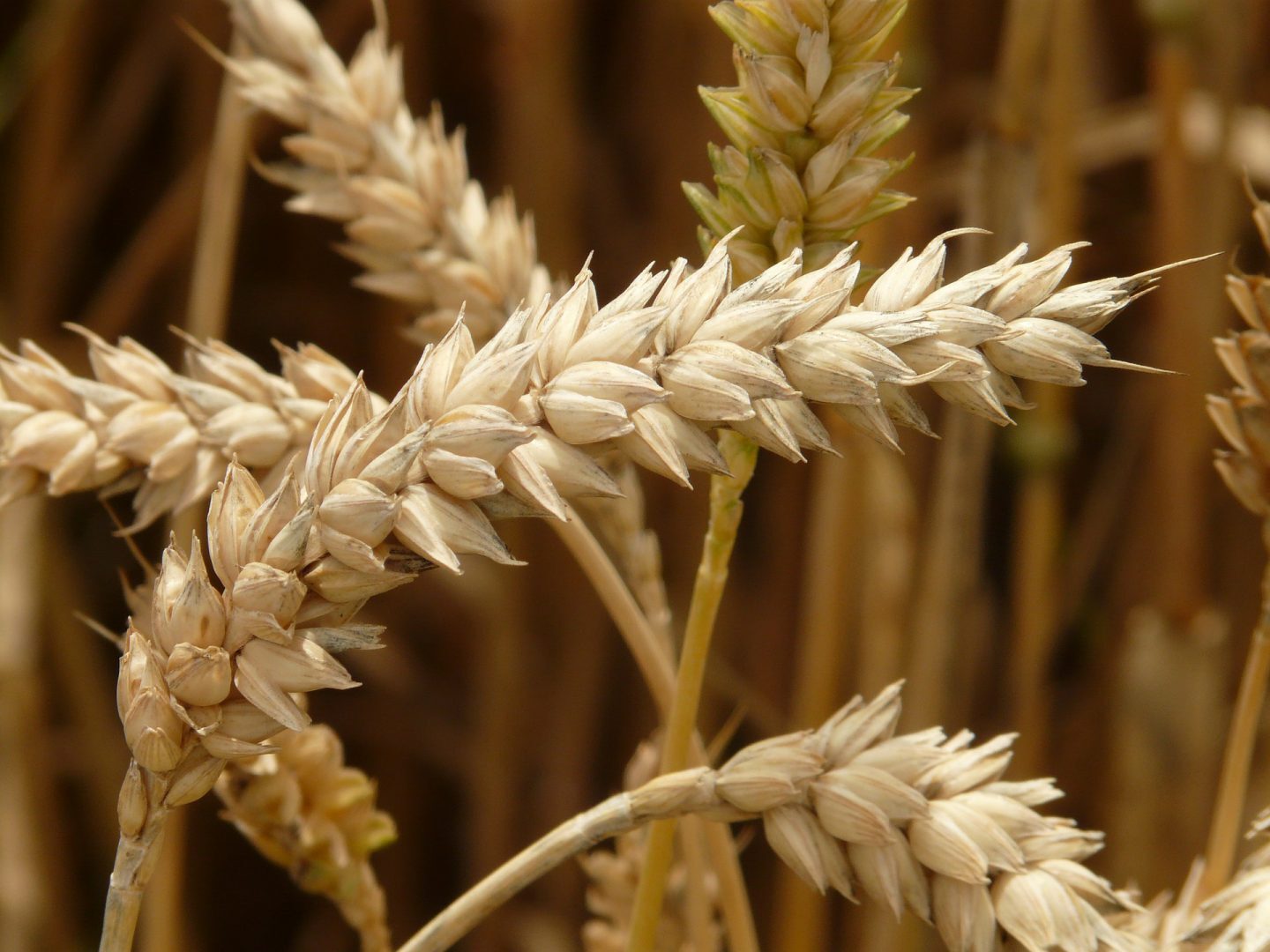
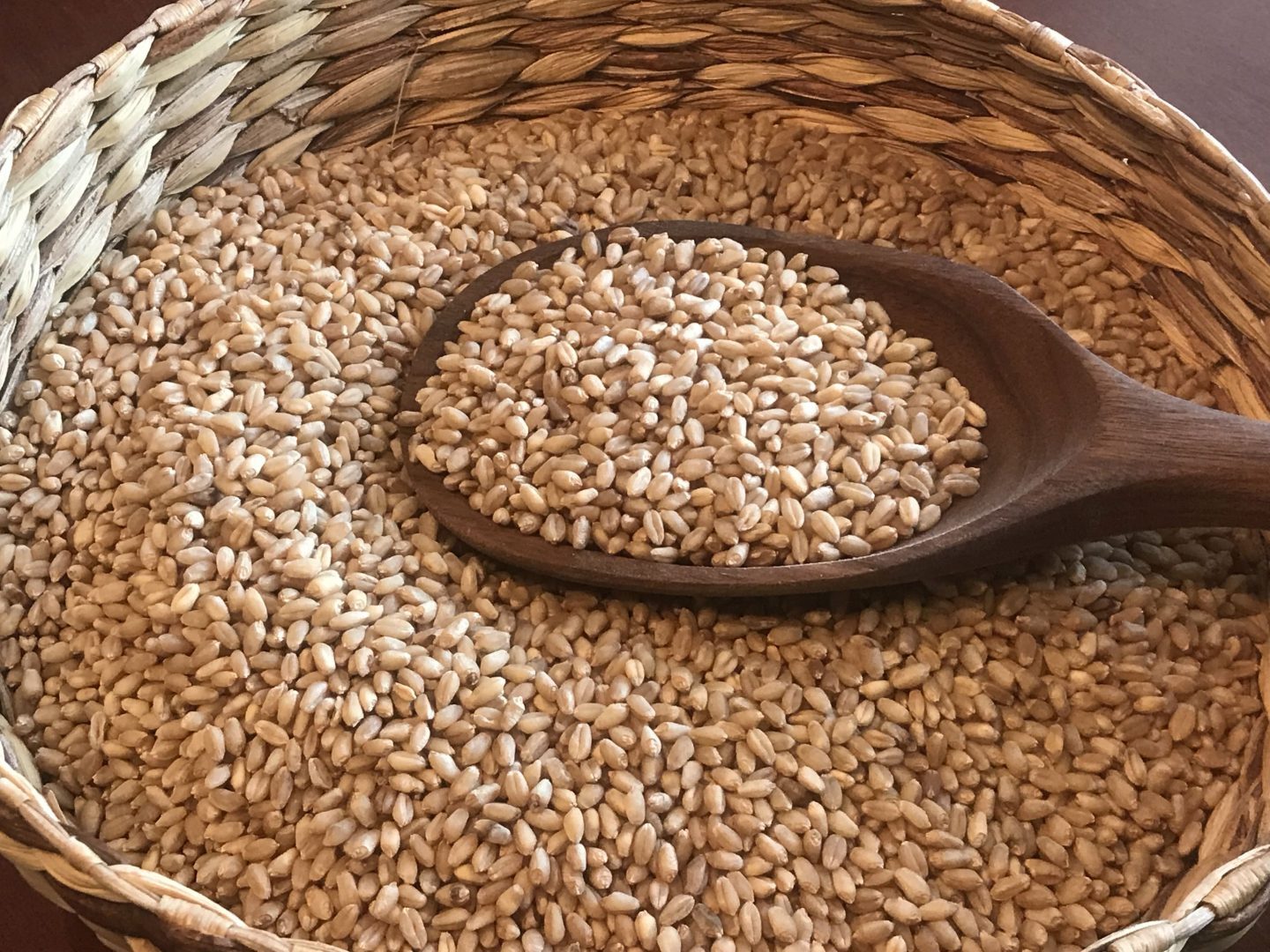
Wheat - The Staff of Life
Wheat – The Staff of Life Around the world wheat is called the Staff of Life. Merriam-Websters defines the staff of life as: a staple of diet; especially bread. Another words, bread/wheat is a necessary part of ones diet. Why, then, has it become such the “bad guy”? If we need bread/wheat daily, a staple of diet, then why has wheat been the subject of so much controversy? Hmm, don’t you find that interesting? The truth is, it’s not the wheat. It’s what has been done to the wheat that is the problem. Our bodies are designed for the benefits of wheat; we should consume it regularly.
Wheat and other whole grains when eaten (freshly ground) in their complete natural organic form are proven to help:
- Weight Loss
- Lowers risk of Metabolic Syndrome
- Type 2 Diabetes
- Lessens Chronic Inflammation
- Osteoporosis
- Cognitive decline in Alzheimer's
- Prevent Gallstones
- Relieves Constipation
- Promote Gastrointestinal Health
- Decrease Blood Estrogen
- Skin Issues: Psoriasis, Eczema, etc.
- Warts
- Heart Disease
- Cardiovascular Benefits
- Slows progression of Atherosclerosis
- Lessen progression in Stenosis, CVD
- Prevent Heart Failure
- Powerful Anti-Cancer Fighting Agent
- Supplies Phyto-Nutrients
- Breast & Colon Cancers
- Protects against Childhood Asthma
- Brochial Hyper-Responsiveness, BHR
- Wheezing
- Nervous Disorders
- Hyperactivity Issues
just to name a few.
The key is to eat it in its complete natural organic form!
The peoples of the world have been eating wheat for millennia. Check it out; wheat was found in the tombs of Egypt. The Egyptians obviously thought grains were pretty important that they went to the trouble of storing them for their pharaohs to have for their “after-life”. So, why all of a sudden has wheat become sooo bad for us? Hmm, again, interesting.
Could it be that most commercially grown wheat today, especially in America, have been so miss handled, that no wonder we have a “wheat” problem? Wheat is harvested with chemical sprays such as Roundup (check out this article from Healthy Home Economist), sifted and stripped of nutrients, altered, bleached, and sprayed with more chemicals disguised as vitamins that your body doesn’t even assimilate effectively. Tell me, how is any of that good?
Organic, the way God made it - whole wheat is by design, to bring life to the body!
Again, there’s a lot of talk out there, even by many “experts”.
But, you are smart.
YOU CAN THINK FOR YOUR SELF.
Take a few minutes and come go with me through the history of white flour . . .
The History of Wheat & White Flour
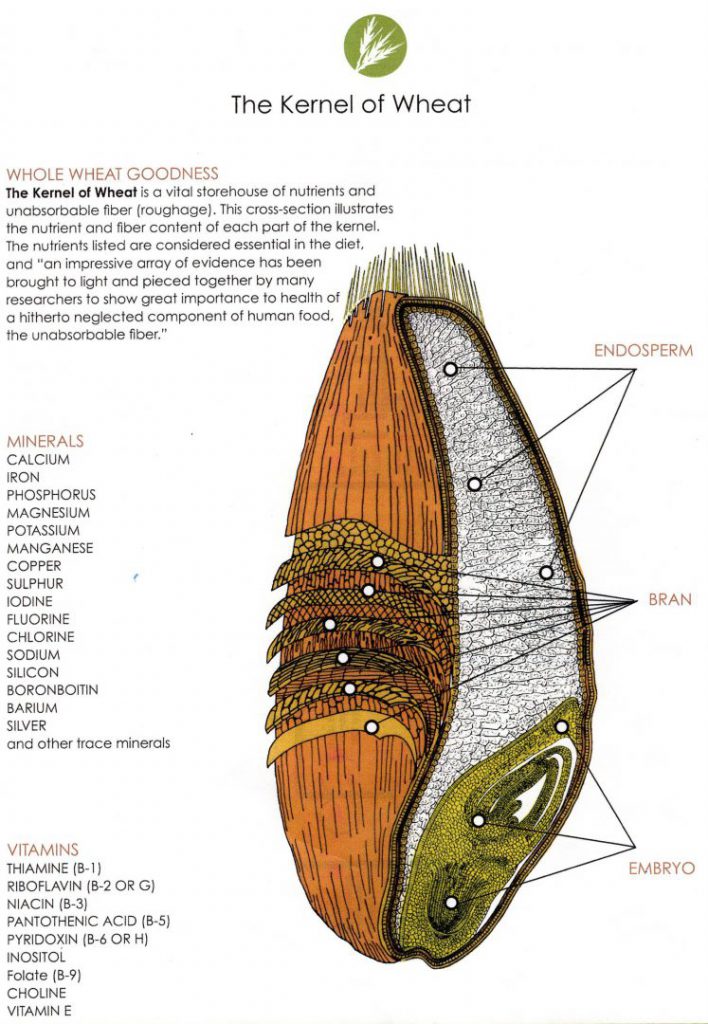
Wheat is naturally rich in nutrients for a healthy body: high in fiber, a bounty of minerals and vitamins, especially E and the entire B vitamin complex, (except B12), providing high quality protein and carbohydrates. A whole wheat kernel, known as a wheat berry, consists of three main components:
- Bran & Middlings – Soluble and insoluble fiber, incomplete protein, traces of B vitamins and minerals – especially iron
- Germ – Bounty of B and E vitamins, minerals, protein, unsaturated fats and carbohydrates
- Endosperm – Carbohydrate starch, incomplete protein, trace vitamins and minerals
OK, so, before the 1900’s you would go down to the local miller and have him mill or grind up what flour you needed; you would go home and make your breads, biscuits, cakes and whatever. The fresh milled flour could not be stored because it would spoil. The oils would go rancid within just a few days, which forced you to use the fresh flour soon after milling. In addition, the fragile nutrients once stored safely inside the wheat shell (bran), are lost. They oxidize away within 72 or so hours.
It was discovered that if the bran, middlings and oil-rich germ were sifted away leaving the endosperm (the white starchy part of the grain) that the refined flour would not spoil. This newly sifted flour was lighter, fluffier and had a very long shelf-life. Well, as a housewife, you loved that! You could then make your breads, biscuits and cakes whenever you wanted. At the time, only the wealthy had servants who sifted the milled wheat into white flour. But by 1910-ish the steel rolling mills started replacing the local millers and the white flour became available for the masses. The people bought the white flour and the cattle and chicken farmers took the sifted out goody: bran, middlings and germ as feed.
Again, I emphasize once the grain is milled, cracked open, it is sifted, the bran and middlings removed, then the delicate nutrients oxidize away meaning most of the nutrition is now gone. Gone! We are left with practically nutrition-less white flour. Even the bugs and rodents will not eat it. Yet, that’s what we’ve been feeding our families for decades.
Stay with me . . .
Soon after this mass sifting-of-the-wheat, three diseases became EPIDEMIC:
- Beriberi – B-1 (Thiamine) deficiency: Two types: Wet – affecting the cardiovascular system (heart muscle issues), Dry – affecting the nervous system, (Can anyone say ADD, ADHD? I’m just wondering?)
- Pellagra – B3 (niacin) deficiency: a disease of mental and GI issues. Also call the disease of the four D’s: Diarrhea, Dermatitis, Dementia & Death (Can you say skin issues, Irritable Bowel Syndrome, Spastic Colon? I’m again, just wondering?)
- Anemia – iron deficiency: fatigue, rapid heart beat, shortness of breath, headache, dizziness, and other sysmtoms
The officials traced these issues back to the sifting of the wheat and other whole grains and their lack of nutrition. They urged the millers to put the bran and germ back, but they refused. Hey, they were making too much money! The miller was making twice the buck from the same product. Can you say greed over human welfare? Since the vitamins had oxidized away, the officials said the refined flour had to be “enriched” or “fortified” with chemical versions. So, out of the 30 plus nutrients (that we know of) which are lost, only 4 were added back: iron and three B vitamins: B1-thiamine, B2-riboflavin, B3-niacin. B vitamins must be taken in balance, hence the term “B Complex” in order for the body to assimilate them properly. This synthetic form, which our bodies do not use as efficiently, does not represent the original ratios found naturally in the whole wheat and other grains. I don’t know about you, but the term enrich and fortify is supposed to mean: to make stronger. Hmm, does that sound stronger to you? In the south, the mental institutions were overrun because of the severe niacin-B3 deficiency, resulting in Pellagra. These institutions began supplementing with niacin and soon the asylums were emptied. Note: Due to mothers consuming the nutrition-less refined flour weren’t receiving the adequate B complex, a fifth nutrient, B9-folate or folic acid (chemical version) was added in the late 1990’s to help combat babies being born with brain defects and neural tube defects such as spina bifida.
And if that weren’t enough, the millers decided the new sifted flour needed to be whiter so, they began bleaching it.
Why? Why does flour “need” to be whiter?
Nitrogen trichloride was used for the bleaching for 25 years. Nitrogen trichloride has since been removed from the market; now replaced by other bleaching agents, most if which have been banned in many other countries:
* Calcium peroxide: helps the extraction process of precious metals from their ores
* Nitrogen dioxide: used in chemical explosives, rocket fuel oxidizer
* Chlorine: strong oxidizing agent
* Chlorine dioxide: used to bleach wood pulp
* Azodicarbonamide: dough conditioner to strengthen structure
* Potassium bromate: classified as a category 2B carcinogen (possibly carcinogenic to humans)
Oh, there are many more FDA approved chemicals for our consuming pleasure in our foods; just read the list of crazy ingredients on your baked goods packaging. The sad thing is, they don’t care; remember it’s all about the dollar. Quite a few studies of the effects of white flour in rats, dogs, other animals and humans have been performed. In several dog studies, the dogs were fed white flour made biscuits made. The dogs developed the “running fits” or canine hysteria. I thought that meant diarrhea; no, no; it means they were so restless and hyper they ran and ran; some even running to death. When the same dogs were fed the whole wheat, they behaved normally. The testers determined it was due to the lack of nutrition and the added chemicals in the dog biscuits. Does this sound familiar? Think about it; this is what we have been feeding our own children and wonder why they can’t sit still at school. Can you say hyperactivity? I’m just wondering?
Unfortunately today so many “experts” want to blame our many health issues on other things, but not the sifting and manipulating of our wheat and other grains like GMO corn. I’m not saying that it’s the solution to all our health problems, but it is a fact that what we eat does affect our health: physically and mentally. Is fixing some of our ills as simple as regularly eating a piece of REAL bread? Perhaps. I have discovered in my many, many hours of research, study and experience, that those who have switched to eating freshly milled truly whole wheat breads and baked goods have had much improvement in the areas of: Digestive issues, constipation relief, blood sugar stabilization, weight loss, headaches and sinus issues resolved, arthritis relief, and a host of other issues.
So, could it be - "Give us this day our daily bread" - truly is an answer?
Think about it, God created our world with such undeniable intricacy and detail. You and I being fearfully and wonderfully made He designed food to play a significant and critical role in sustaining and healing our bodies. For God is a God of balance so bring everything to the table: freshly milled 100% whole wheat and other grains, fresh fruit, raw and cooked vegetables, healthy fats, yes, that includes saturated fats, organic grass-fed and wild caught meats and of course plenty of fresh water. He even made honey and other wonderful sweeteners. It’s all about balance and wholeness. I encourage you today to make the switch to real food and see for yourself and your family the difference.
Hybridized Wheat vs GMO
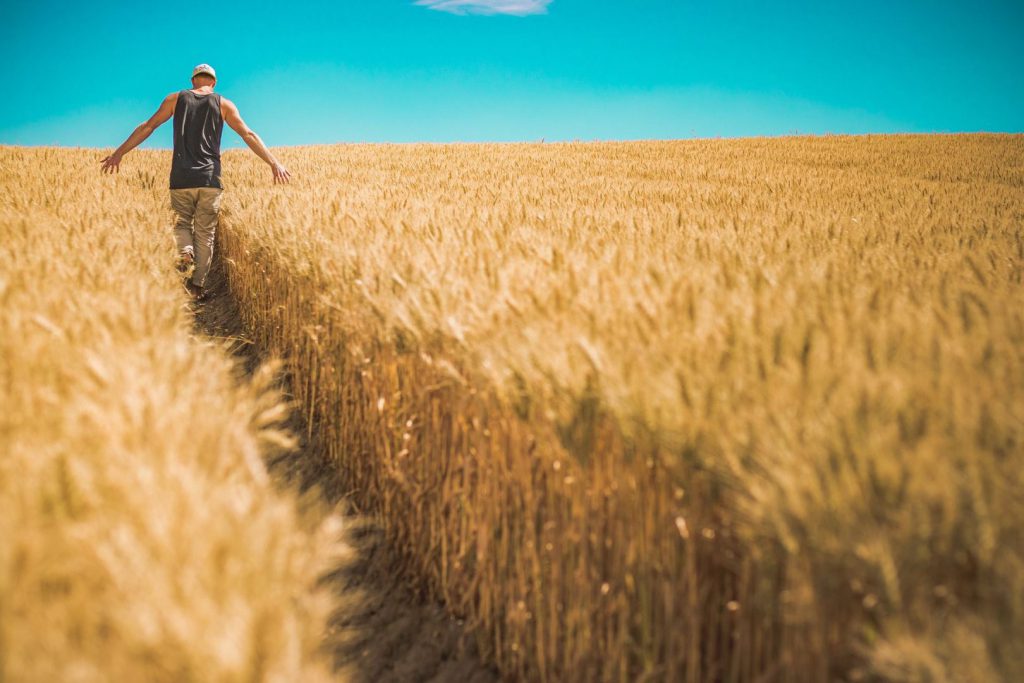
Hybridization
Hybridization has been occuring for thousands of years; some within nature itself, others with the assistance of man. Hybridized simply means interbreeding within the confines of a specie: wheat to wheat, daisy to daisy, cricket to cricket, cat to cat, etc. In the hybrid wheat scenario the desired traits from one wheat specie to another wheat specie are obtained, i.e. drought tolerance, resistance to diseases and insects, etc.
The so debated modern wheat boasts of a much shorter, a stouter stock for strength and larger seed-head for more yield. Many ancient breeds grew as tall as six feet, today’s wheat approximately two-three feet tall. To put it simply, this stronger shorter wheat with it’s weightier seed-head doesn’t fall over as much thus allowing for a more bountiful harvest. That is a good thing, don’t you think? So, does that make the wheat “Frankenwheat” as I’ve heard it called? I would say, not! Yes, some of the newer varieties host larger protein content, but the wheat itself, it’s nutritional value has not changed; it still contains the fabulous fiber and glorious germ.
What has changed though:
- Exhausting the soil by not rotating crops – growing the same crop over and over again in the same soil, not giving nature a chance to replenish the nutrients and fight diseases
- Using chemicals fertilizers to “fix” the fatigued soil
- Tilling so deeply compromising the top soil
- THE WORST – Spraying the field with Roundup and other glyphosate herbicides just before harvest which kills the plant while forcing the seed-head to release more seed for a larger harvest. This stuff does just go away; it stays in the soil for the new crop to feed on, and so the cycle goes.
There are just NOT words! We eat that stuff! We are told it’s OK, there is no harm. REALLY?!
GMO wheat
GMO wheat is wheat that has been genetically engineered. GMO, genetically modified organism, is directly manipulating with biotechnology an organism’s genes by creepily crossing specie boundaries. Simply put, changing the genetic makeup of a specie with a completely different specie to produce an “improved or novel” organism. Improved or ‘”novel” that just sounds creepy. This is performed by injecting the DNA of one organism into another. Yuk! Now you can say, “Frankenwheat”! But be at peace for the moment, as of 2017, GMO wheat has NOT been approved for commercial sale. Note: As of the publishing of this article 90% or more of all the corn and soy in the United States is GMO. Stay far, far away. I only buy organic corn, wheat, other grains and beans to be on the safe side.
Gluten & Wheat Sensitivities:
Both gluten and wheat sensitivities are serious issues and have been tied to a poor immune system. Since the bulk of the immune system is located in the gut, restoring balance back to the gut is crucial. It begs the question, “Could it be these sensitivities are related then to the consuming of refined white nutrition-less flour?” The medical community states the symptoms of gluten intolerance are: bloating, diarrhea, constipation, abdominal pain, headaches, feeling tired, skin problems, depression, anemia/iron deficiency, anxiety, autoimmune disorders, joint and muscle pain, leg & arm numbness and brain fog. Doesn’t that list sound just like the list at the very beginning of this article? The muscle issues can certainly be caused by low magnesium which again is tied to mineral impotent soils? Eating of freshly milled whole wheat and other grains have been proven to assist in
re-establishing natural intestinal flora.
Celiac Disease is not just a sensitivity; it is a serious disorder in persons when gluten is consumed a response is triggered in the small intestines. Over time the lining becomes damaged inhibiting the absorption of nutrients. True celiacs should use caution when consuming whole grains which contain gluten: wheat, spelt, rye and barley.
Special note: For all those who are truly celiac or sensitive to gluten, there are a plethora of gluten-free whole grains to choose and freshly mill: quinoa, rice, sorghum, amaranth, millet, corn, buckwheat, oats, teff. Again, the key is milling fresh regardless of grain. Consuming the whole grain for the complete nutrition benefits, mill fresh. Click here to begin. True nutrition can not be obtained from a package of pre-milled flours. Most gluten-free products are made with many high glycemic food starches. Do not be deceived that they are healthier. Mill your own, fresh.
Now what do I do?
Great news! I’m glad you asked. Since I am convinced and am passionate about eating full of nutrition fresh milled flours, milling your own wheat and other whole grains, my recommendations:
- Start milling your own flours. It is easier than you think. Click here to begin.
- Switched to organic when possible. People are becoming more aware of all the bad stuff being done to our food; organic vegetables and meats are much easier to acquire.
- Stop eating white/refined flours in any form – That means check ingredients labels for sneaky additives like: wheat gluten, etc.
- Cook from scratch – Make it at home with as many raw ingredients possible. Don’t buy it in a package or box. A great way to create family time.
Get started TODAY! To learn more about eating healthier and milling your own wheat/grains visit the following pages:
Real Bread
Milling – Getting Started
Buying-Storing Grains & Beans
Additional articles for reference:
– Nutritional Characteristics of Organic, Freshly Stone-Ground, Sourdoughs & Conventional Breads
– Whole Grains May Work as Well as Drugs
– Medical News Today
– TheDiabetesCouncil.com

